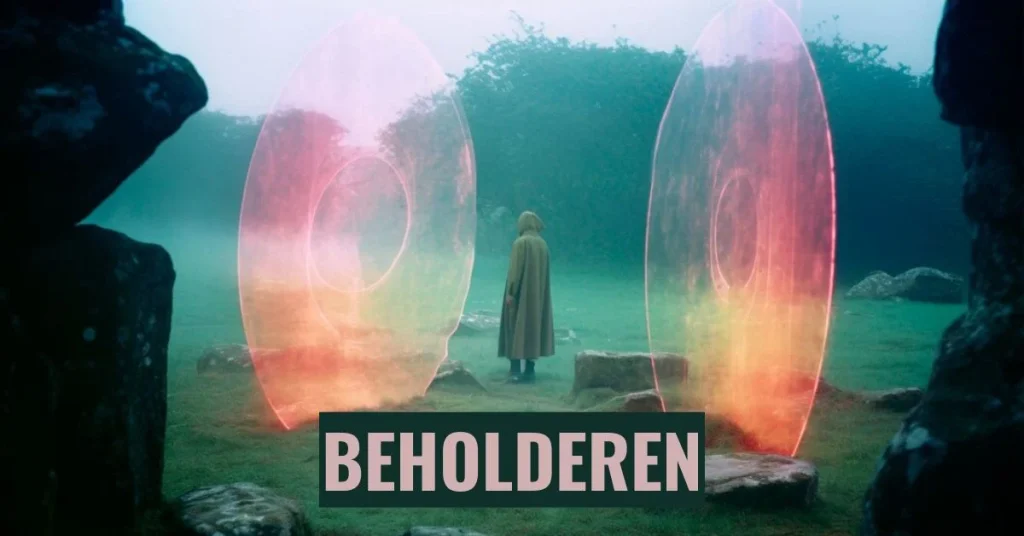Though the name “beholderen” may not immediately come to mind for many, it does convey a broad and intriguing concept that spans several disciplines. Beholderen is the study and interpretation of visual events, with an emphasis on the many ways that the same object or scene may be seen by different persons. By going further into the background, significance, and applications of beholderen, this page will provide you a thorough understanding of this fascinating subject.
also read:https://orviri.com/rownavigator-com/
Origins and Definition of Beholderen
Beholderen is derived from the proverb “Beauty is in the eye of the beholder.” This statement emphasizes how subjective perception is and how different situations, feelings, and experiences affect how one interprets visual information. Beholderen takes this concept one step beyond aesthetics to include all kinds of visual perception and interpretation.
Historical Context
Ancient Philosophical Roots of Beholderen
Beholderen has ancient philosophical origins.Two Greek philosophers who considered perception and reality were Plato and Aristotle. The idea of forms presented by Plato emphasized how subjective our visual experiences are and how what we see is only a shadow of reality.
Renaissance Art and Perspective
During the Renaissance, artists and thinkers began to explore perspective in art, which is directly related to beholderen. When Filippo Brunelleschi created linear perspective, the way that artists portrayed three-dimensional space on two-dimensional surfaces was irrevocably changed. This development made clear how the way a person stands may significantly alter how they see a situation. picture.
Psychological Perspectives of Beholderen
Gestalt Psychology
In the early 20th century, the Gestalt psychologists made significant contributions to our understanding of beholderen. They proposed that our minds tend to organize visual information into meaningful wholes, rather than just a collection of parts. Principles such as figure-ground organization, proximity, and similarity explain how we perceive patterns and structures in our environment.
Perception and Cognition
Scientists investigate how the brain interprets sensory data, how memory and attention affect perception, and how individual variances affect visual interpretation. In this situation, it is crucial to grasp the ideas of “top-down” and “bottom-up” processing, which emphasize how our expectations and past knowledge affect our perception.
Cultural and Social Influences
Cultural Context of Beholderen
Beholderen is significantly influenced by cultural factors. Different cultures have unique ways of interpreting visual symbols and aesthetics. For example, colors can have varied meanings across cultures—while white symbolizes purity in some Western contexts, it is associated with mourning in many Eastern cultures. These cultural lenses affect how individuals perceive and interpret visual information.
Social and Individual Differences
Social contexts and individual differences also play a vital role in beholderen. Factors such as age, gender, education, and personal experiences can shape how we perceive the world. For instance, a child and an adult might view the same artwork differently due to differences in cognitive development and life experiences.
Beholderen in Art and Design of Beholderen
Artistic Interpretation
Many times, artists use the concept of perception to create works that cause different responses in onlookers. For example, abstract art purposefully invites viewers to transfer their ideas and feelings onto the piece. Beholderen is really about this dynamic interaction between the artist’s aim and the viewer’s perception.
Design and User Experience
In the realm of design, understanding beholderen is crucial for creating effective user experiences. Designers must anticipate how users will interact with and interpret their creations. Considering factors such as visual hierarchy, readability, and accessibility ensures that the intended message is clearly conveyed and easily understood.
Technological Advances of Beholderen
Virtual Reality and Augmented Reality
Artificial Intelligence and Machine Learning
Artificial intelligence (AI) and machine learning are also transforming our understanding of this . These technologies can analyze vast amounts of visual data, uncovering patterns and insights that were previously inaccessible. AI can also simulate human perception, providing new tools for designing and testing visual experiences.
Applications of Beholderen
Marketing and Advertising
For effective visual campaigns in marketing and advertising, one must understand beholderen. Advertisers who draw viewers in, successfully deliver messages, and arouse desired emotional responses require understanding of visual perception. This includes everything from font and picture selection to color philosophy.
Education and Training
Educational and training programs can benefit from applying principles of beholderen. By designing materials that align with how learners perceive and process information, educators can enhance comprehension and retention.For instance, we might enhance virtual reality simulations, interactive media, and visual assistance in the classroom through the utilization of beholderen.
Challenges and Future Directions
Ethical Considerations
Application of beholderen has ethical issues, much with any strong instrument. Both positive and bad consequences of manipulating perception might be rather significant. We must use these discoveries sensibly, ensuring that their use honors the autonomy and welfare of the person.
Future Research
its research will probably keep looking at the nexus of technology, psychology, and neuroscience. Deeper understanding of the mechanisms underlying and modifiable of perception will result from developments in computer modeling and brain imaging. Applications of this information will be extensive and include anything from artificial intelligence to medicine.
One complex idea that emphasizes how subjective visual perception is is beholderen. From its philosophical roots to its uses in technology, design, and art, beholderen exposes the depth and complexity of human interpretation of the universe. Our awareness for the many ways that beholderen influences our experiences and interactions with the world will also change as our knowledge of perception does.
Further Reading
If you would want to learn more about the idea of beholderen, the following sites offer extra information and viewpoints:
In “The Phenomenology of Perception” by Maurice Merleau-Ponty
Rudolf Arnheim, “Art and Visual Perception: A Psychology of the Creative Eye”
Gibson, James J. “The Ecological Approach to Visual Perception”
Scott McCloud’s “Understanding Comics: The Invisible Art”










